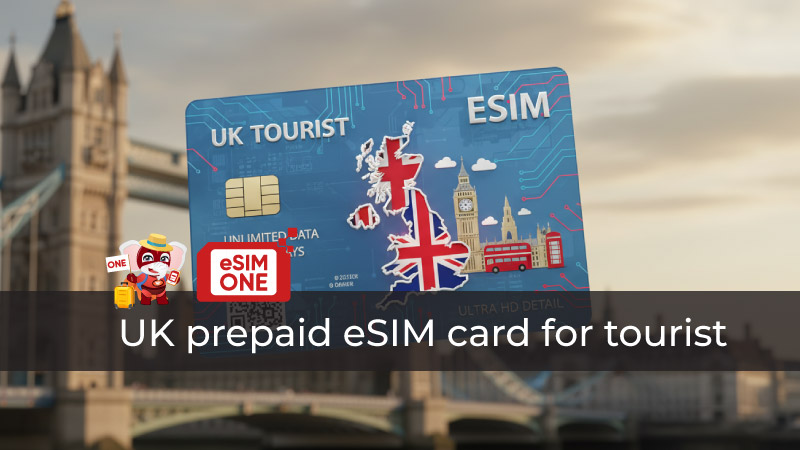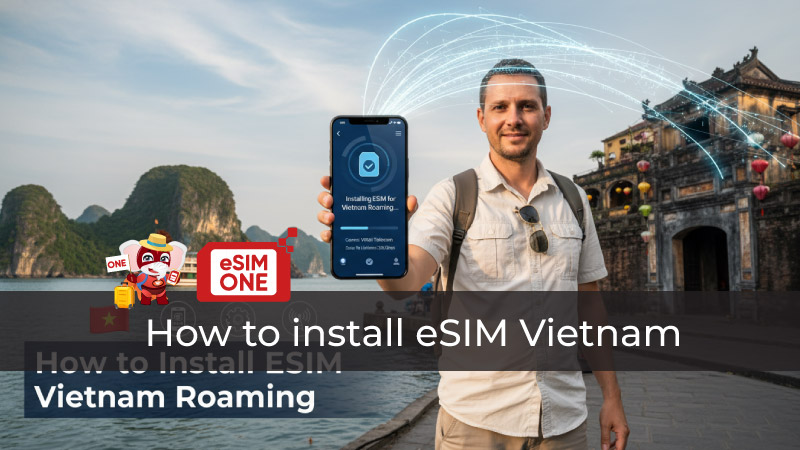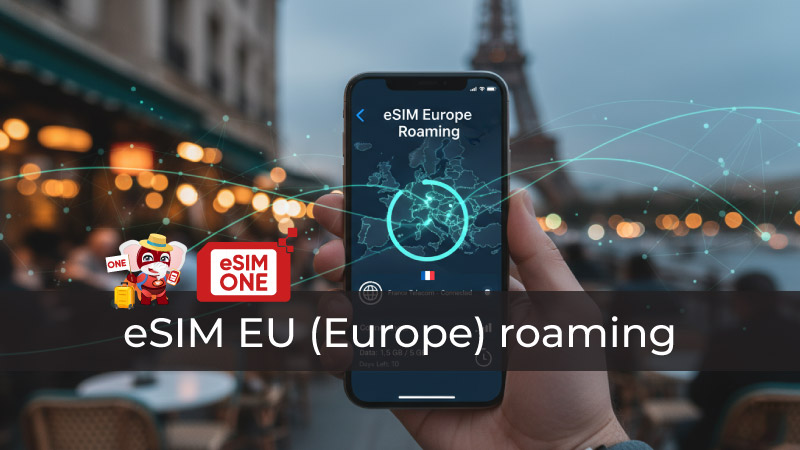What Is an eSIM UK? Complete 2025 Guide
what is an esim uk – Discover how this embedded digital SIM transforms the way you connect in the UK. This guide covers everything from activation and device compatibility to security advantages, cost savings, and future trends. Learn how to set up multiple profiles, switch providers in seconds, keep your number, and make the most of eSIM technology whether you’re a business user, student, or frequent traveller.
Understanding the power of eSIM will help you optimize your mobile plan, reduce plastic waste, and future-proof your connectivity in an increasingly digital world.
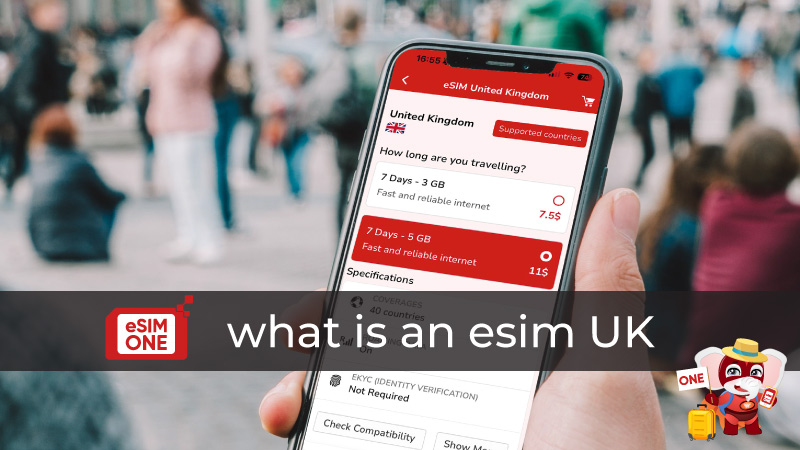 What Is an eSIM UK? Complete 2025 Guide
What Is an eSIM UK? Complete 2025 Guide
What is an eSIM UK?
An eSIM, or embedded Subscriber Identity Module, is a programmable digital SIM card built directly into your device’s hardware. Unlike traditional plastic SIM cards, an eSIM stores your carrier credentials in a secure chip that can’t be physically removed. When you purchase a new plan, your device downloads the profile over the air via GSMA-compliant remote SIM provisioning.
Since 2020, UK networks—EE, Vodafone, O2, and Three—have rolled out eSIM support across flagship devices, accelerating adoption among consumers and enterprises. As of mid-2025, over 30% of new smartphones sold in the UK include eSIM capabilities. This shift aligns with the GSMA’s goal to phase out physical SIMs by 2030, driving seamless connectivity for mobile phones, tablets, wearables, and IoT devices.
Key Differences vs. Physical SIM
While both SIM types authenticate your access to a mobile network, eSIM and physical SIMs differ in several ways:
-
Form factor: eSIM is soldered into the device; physical SIM is removable.
-
Provisioning: eSIM profiles download via QR code or app, physical SIM requires card insertion.
-
Flexibility: eSIM supports multiple profiles on one chip; physical SIM supports only one card per slot.
-
Security: eSIM is less prone to loss or cloning, as profiles remain within the device’s secure element.
Why the UK is Embracing eSIM
UK regulators and carriers view eSIM as a strategic enabler for digital transformation. Benefits include:
-
Reduced plastic waste: Eliminates billions of small SIM cards annually.
-
Faster onboarding: No shipping or retail visits required for plan activation.
-
IoT growth: Simplifies device management for smart meters, trackers, and vehicles.
-
Global roaming: Consumers can download local profiles abroad to avoid high roaming fees.
How do eSIMs work in the UK?
Activation Process
Activating an eSIM in the UK involves these steps:
-
Select a plan: Choose from major carriers (EE, Vodafone, O2, Three) or eSIM-focused providers like Airalo and Nomad.
-
Receive activation details: You’ll get a QR code via email or in a carrier app.
-
Add eSIM: On your device, go to Settings → Mobile Network → Add eSIM.
-
Scan QR or enter code: Follow on-screen prompts to download the profile.
-
Label and configure: Name profiles (e.g., “Work,” “Travel”), set default for data, calls, and texts.
After a few seconds, your profile is installed. Test by toggling between profiles or restarting your device if needed.
Supported Devices and Compatibility
Most flagship and mid-range devices sold from 2020 onward include eSIM support. Common examples include:
-
Apple: iPhone XS, XR, 11, 12, 13, 14, 15 series; all cellular iPad Pro models; Apple Watch Series 5+.
-
Samsung: Galaxy S20–S24; Note20; Z Fold 2–5; Z Flip 3–5.
-
Google: Pixel 3–8; Pixel Fold; select Pixel A-series.
-
Others: Recent Huawei P40+; OPPO Find X3 Pro; Xiaomi Mi 11+.
Ensure your device is unlocked and runs the latest operating system for flawless eSIM functionality. Carriers may lock eSIM profiles to their network unless explicitly unlocked.
Multi-Profile Management
An eSIM can store up to five carrier profiles simultaneously, though only one can be active at a time. This enables:
-
Personal vs. business separation: Keep work and personal lines on one device.
-
International profiles: Preload local data plans before travel, switching profiles with a tap.
-
Backup profiles: Maintain a backup network in areas with poor primary coverage.
Profiles appear in your network settings, where you can reorder, rename, or delete them at any time.
Switching Providers Instantly
Switching from one carrier to another requires uninstalling the old profile and installing the new one. Compared to waiting days for a physical SIM delivery, this process takes under five minutes—perfect for trialling new networks or migrating when your contract ends.
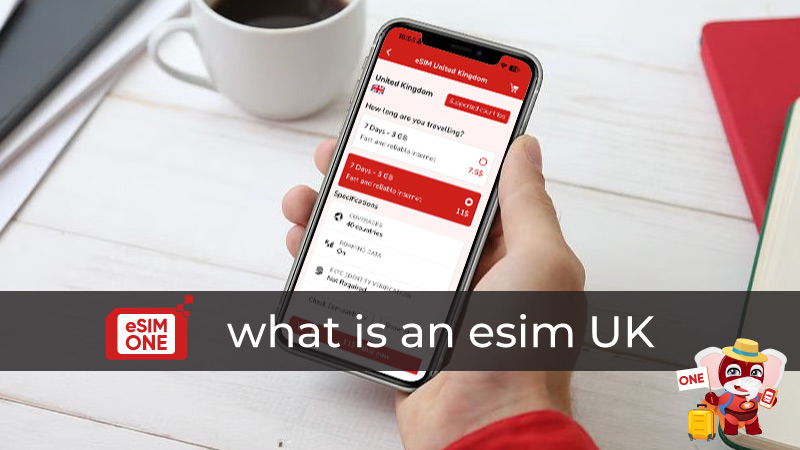 Buy esim uk anytime anywhere at esimone.com
Buy esim uk anytime anywhere at esimone.com
Benefits of Using eSIM in the UK
Unmatched Flexibility
The biggest advantage of eSIM is the freedom to manage multiple plans without physical cards. Consumers can:
-
Compare plans risk-free by switching in minutes.
-
Maintain different numbers on one device—for work, family, or travel.
-
Avoid plastic SIM clutter in wallets and drawers.
Enhanced Security
eSIM profiles are stored within a device’s secure element, encrypted and protected by carrier-grade authentication protocols. Compared to physical SIMs, they are:
-
Harder to clone: Profiles can’t be extracted or copied.
-
Resistant to loss: No physical card to misplace.
-
Immune to SIM-swap fraud: Remote provisioning requires multiple verification steps.
Business and Corporate Use Cases
Enterprises are leveraging eSIM for:
-
Device fleet management: Remotely provision thousands of devices without shipping SIM cards.
-
Secure communications: Enforce encryption and prevent rogue SIM-swap attacks.
-
Global connectivity: Deploy international plans in IoT sensors, vehicles, and wearables.
Travel and Roaming Simplified
Frequent UK travellers benefit from:
-
On-demand local rates: Download country-specific data plans in Europe, North America, Asia.
-
No roaming shocks: Pay local rates rather than steep roaming fees.
-
Offline activation: Some eSIM apps allow offline QR scanning when internet access is limited.
Is having an eSIM a good idea in 2025?
Pros and Cons Analysis
Pros:
-
Instant activation: No waiting for a plastic SIM to arrive.
-
Environmental benefits: Reduces plastic and packaging waste.
-
Cost optimization: Trial carriers without commitment.
-
Future readiness: Aligns with GSMA’s push for a SIM-free era.
Cons:
-
Device limitations: Legacy phones and budget models may not support eSIM.
-
Profile migration: Changing devices can require re-provisioning profiles.
-
Carrier fragmentation: Some smaller UK networks still lack full eSIM support.
Ideal User Profiles
-
Frequent travellers: Quickly switch to local plans and avoid roaming fees.
-
Remote workers: Keep separate work and home lines on one phone.
-
Environmentally conscious consumers: Eliminate unnecessary plastic waste.
-
Tech enthusiasts: Early adopters keen on the latest connectivity innovations.
Cost Comparison and Deals
UK carriers offer competitive eSIM pricing:
-
EE: Unlimited data plans from £32/month with 12-month contract.
-
Vodafone: Pay-as-you-go data bundles starting at £5 for 1GB.
-
O2: Student eSIM deals up to 50% off selected plans.
-
Three: “Go Roam” unlimited data for 71 destinations included in select plans.
Use third-party aggregators to compare offers. Watch for promotional discounts and eSIM-exclusive perks.
What is eSIM and how does it work? (Technical Overview)
GSMA Remote SIM Provisioning (RSP)
The GSMA’s RSP framework standardizes eSIM operations:
-
Profile creation: Carriers generate an encrypted profile bundle.
-
Secure delivery: Profiles are signed and delivered via secure channels (HTTPS or carrier APIs).
-
Activation: The device verifies the signature and installs the profile in its secure element.
-
Management: Users can update, delete, and switch profiles through device settings or carrier apps.
Data Storage and Encryption
Profiles reside in a tamper-resistant hardware element, separate from the device’s main storage. Encryption keys prevent unauthorized reading or copying of profile data.
Lifecycle Operations
eSIM supports remote lifecycle commands:
-
Enable/disable: Toggle profile activation.
-
Update: Download carrier updates or configuration changes.
-
Delete: Remove unused or expired profiles to free up space.
These operations occur over the air, minimizing user intervention.
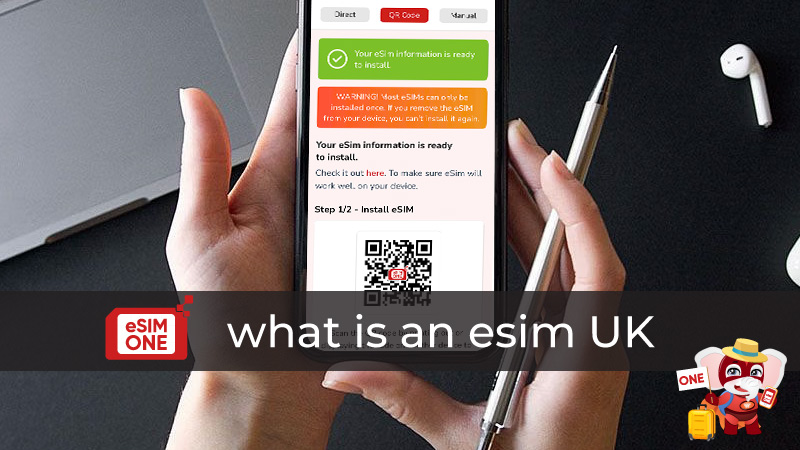 The trend of choosing eSIM for international travelers is becoming more and more popular.
The trend of choosing eSIM for international travelers is becoming more and more popular.
Can you keep your number with an eSIM?
Number Portability Process
Porting your UK number to an eSIM is straightforward:
-
Request a PAC: Contact your current provider for a Porting Authorisation Code (valid for 30 days).
-
Purchase an eSIM plan: Provide your PAC during activation.
-
Install eSIM profile: Enter your PAC when prompted; the network transfers your number within an hour.
Your existing number remains intact, and billing seamlessly transitions to your new eSIM plan.
Switching Back to a Physical SIM
If you sell or lose your eSIM-capable device, you can request a physical SIM with your number reinstated. Carriers issue a new SIM card linked to your same number at no extra fee.
Troubleshooting Tips
-
PAC validity: Ensure you use the PAC within 30 days.
-
Connectivity check: Install profiles over Wi-Fi or a stable mobile data connection.
-
Carrier support: Contact customer service with your device details and PAC if activation fails.
Common Questions About eSIM UK
Is eSIM secure?
Absolutely. eSIM uses GSMA-approved encryption and authentication protocols, making it highly resistant to cloning and SIM-swap attacks. Profile downloads require carrier-issued QR codes or app-based authentication.
Can I use eSIM abroad?
Yes. Global eSIM providers offer region-specific data plans. Download and activate plans for Europe, North America, Asia, and beyond—ideal for travellers seeking local rates without physical SIM hassles.
What if my phone isn’t compatible?
If your handset lacks eSIM support:
-
Buy a certified refurbished eSIM device at discounted prices.
-
Use a secondary smartphone for travel data plans.
-
Check for OS updates that may enable eSIM features on your existing model.
eSIM and Future Trends in the UK
By 2026, UK networks aim for near-universal eSIM compatibility. The IoT ecosystem—wearables, trackers, connected vehicles—will increasingly adopt eSIM for remote management and seamless connectivity. Innovation in eSIM management platforms will simplify user experiences and drive broader adoption.
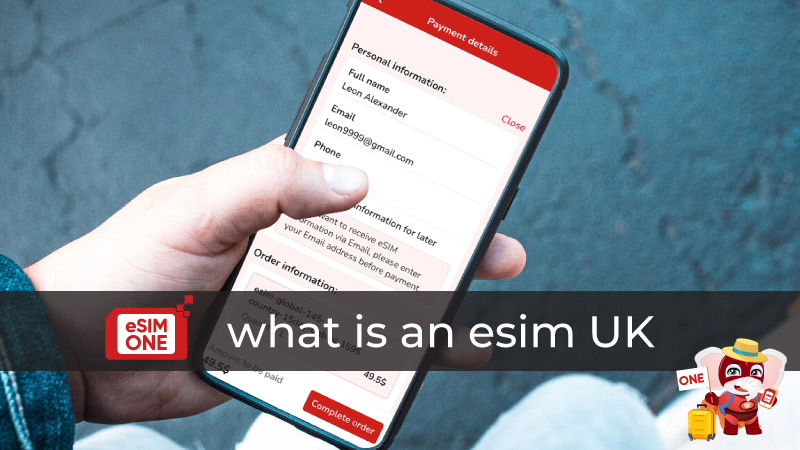 You can absolutely keep your main SIM when traveling anywhere in the world.
You can absolutely keep your main SIM when traveling anywhere in the world.
How to Get Started with an eSIM in the UK
-
Compare Providers: Evaluate EE, Vodafone, O2, Three, and eSIM specialists on price, data allowances, and customer support.
-
Purchase Your Plan: Order online or in-store; provide your device’s EID (found under Settings → About).
-
Activate Your eSIM: Scan the carrier’s QR code or use the carrier app. Label profiles and set defaults.
-
Test and Manage: Toggle between profiles in Settings → Mobile Network. Delete unused profiles and reorder as needed.
Author: Leon

